World Fine Art Professionals and their Key-Pieces, 91- Salam Djaaz
World Fine Art Professionals and their Key-Pieces, 91- Salam Djaaz
At the exhibition Refugee Art in Pulchri I saw a colorful work of Salam Djaaz. On his card, also colorful, lying nearby, I discovered that he was a Hague artist.
A few weeks later I meet him at the door of a four-storey artists building in the Looijerstraat. His space is at the top. We walk upstairs. His studio is full of paintings and drawings. There is large skylight at the centre of the ceiling. “That’s fantastic, it gives me a lot of light to work. This is the nest where I feel at home and can concentrate.”
Mesopotamia
Salam comes from Iraq, Baghdad. There he completed his training at the Academy of Fine Arts. Because of the war he fled to the Netherlands in 1996. The first year he taught (in the refugee camp) and then he went back to college, at the Royal Academy of Art in The Hague, painting and graphics. There too he graduated. Then he was eighth year teacher at the Free Academy.
Man is in the heart of his work, he says. “The world of man, his feelings, the world around him. On my paintings and drawings are mostly figures.” He is inspired by the Mesopotamian, Assyrian and Sumerian cultures. “That culture began more than five thousand years ago. It was the beginning of civilization. There wasn’t so much on the earth, the first cities arose in Mesopotamia. We know what was in the minds of the people by the clay tablets, statues, buildings and works of art that have been found. There are all kinds of symbolic figures and texts on those statues and marbles and reliefs.
The Sumerians knew many gods and rituals. The ancient writings show that each Sumerian city was protected by a god. Men and gods lived together, but the people were there to serve the gods.
Gilgamesh and Enkidu
Salam: “There is the famous Gilgamesh epic. It is a collection of heroic tales with Gilgamesh as protagonist. For centuries, stories passed down orally and then written in cuneiform.The first versions date from about 3000 BC. The hero Gilgamesh, two-thirds god and one third man, king of Uruk in Mesopotamia, experiences mythological adventures, often accompanied by his friend Enkidu. They were not friends immediately, they had a fight which was lost by Enkidu. But then they go on the adventure in the cedar forest. They go in search of eternal life and there are fights with supernatural beings who are sent by the gods to Uruk. All the existential questions are in the epic, in particular the awareness of mortality.
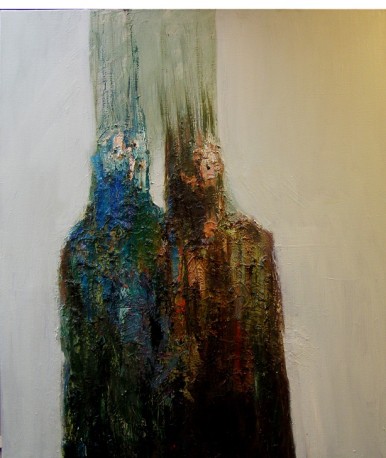
Several other people, animals and gods play a role in the story. The sky god Anu, the temple slave Shamba, the sun god Shamash, the protector of the forest Humbaba, the goddess Ishtar, the driver Urshanabi and storeyteller Utnapishtim.
The focus on all kinds of figures is also the guiding principle in the work of Salam Djaaz. “I do it in a modern way. Especially the head of people I find attractive. In the head is a theme, it is the head and what is around the head, it tells a short story about that person.”
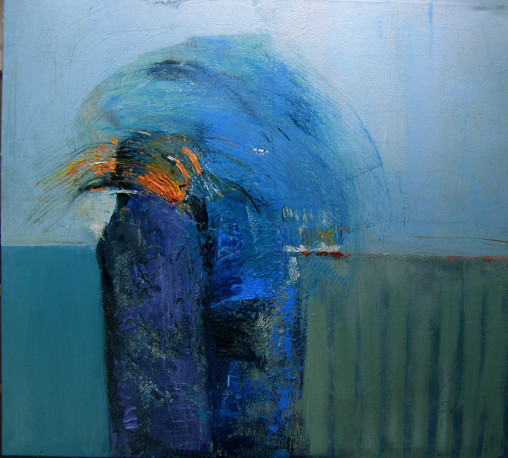
The canvas dictates
He picks up a canvas, takes away the bubble wrap around it. I see a white head and underneath buildings, bearing cuneiform texts. “It’s a mythological tale, inspired by my civilization. It is one of the gods, one of the ‘temple men’.”
Another canvas is titled ‘Confused’. Salam: ”Some moments are ‘catching moments’ of time. There is an emotional feeling, you have to choose between three/four worlds. In which way to turn? You have to press a button that will decide your way of life in the immediate future. The doubt which seizes you, is recorded in this work.”
He has three/four ways to paint a canvas. Three/four directions that the lines go. After the first lines the canvas ‘dictates’ how he continues. “I’ll do what the canvas wants, I walk as it were with the canvas.” That goes even so far that the canvas falls outside his style. “Compare it to a molder that makes a sculpture by steadily removing clay. Eventually it is your sculpture.”
Free Academy
Does he have a key work, a work which has led to a turnaround in his development? Salam: “Occasionally there are developments, I ‘jump’ over to a new stage, sometimes for parts, sometimes it involves a new style.”
Salam is reluctant to advertise himself as an artist. “I’m careful. Artist is an important word. If I ever reach the point that I call myself an artist, then I have accomplished something important. Many people call themselves an artist too easy. In the art world you progress slowly, steps for steps in the right direction. Compare it with climbing the Tower of Babylon.” Sometimes he works full-time, at other times less. “Besides painting I earn my living in other ways.”
He teaches. About eight years he did so at the Free Academy in the Paviljoensgracht. “That was a golden time. Ingrid Rollema played an important role in this. People from around the world came to visit, from America, France, England and China. Many special exhibitions were held. There was a great atmosphere. I am really sorry it’s over.” For a number of years Salam is a member of Kunstliefde in Utrecht, one of the oldest artists’ associations in the Netherlands.
Exhibitions
He has regular exhibitions. Recently in Veghel at Galerie Arte Soffitta, along with six other artists. ‘Boundless’ it was called. “A beautiful and successful exhibition. Many people attended. I even sold a few canvases.“ And earlier an exhibition with two others, Iraqis, in Ubeda in the cultural center Hospital de Santiago. “We had a large beautiful room, it was an old room dating from 1750. There was surprising work to see. Will be continued maybe.” And then he had already exhibited in Pulchri (three times), Flehite Amersfoort, the Wereldmuseum, Nantes and Lubeck.
He opens a folder with drawings. On a black-and-white drawing a person can be seen with a shadow. “You see a person. In the distance you can see the open horizon. The person is on the go and doesn’t know when he will return to his country.” Has Salam been back in Iraq after the war? “Yes, I was in Baghdad. In the beginning I wanted to return, but not now. It’s still not good in Iraq.”
Images: 1) Man in swimming pool, 2) mixed media, 3) The King, 4) No title, mixed media, 5) Sitting person, 6) The King and Queen, 7) Two people, 8) No title, oil on canvas, 9) No title, mixed media, 10) Salam Djaaz
http://www.salamdjaaz.com/
http://www.kunstliefde.nl/kunstenaars/1338560483
https://en.wikipedia.org/wiki/Epic_of_Gilgamesh
http://ifthenisnow.eu/nl/verhalen/de-wereld-van-de-haagse-kunstenaar-58-salam-djaaz
Disclaimer: The views, opinions and positions expressed within this guest article are those of the author Walter van Teeffelen alone and do not represent those of the Marbella Marbella website. The accuracy, completeness and validity of any statements made within this article are not guaranteed. We accept no liability for any errors, omissions or representations. The copyright of this content belongs to Walter van Teeffelen and any liability with regards to infringement of intellectual property rights remains with the author.

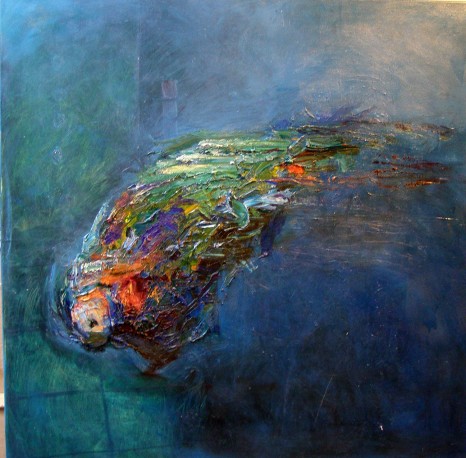
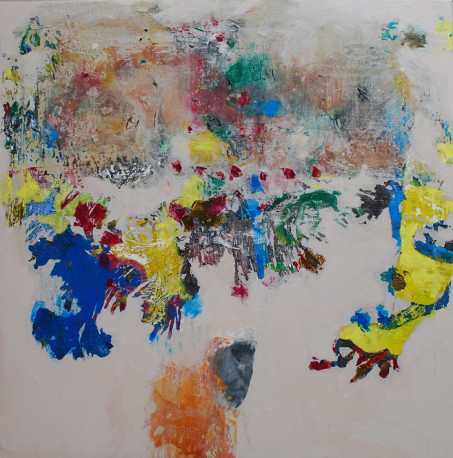
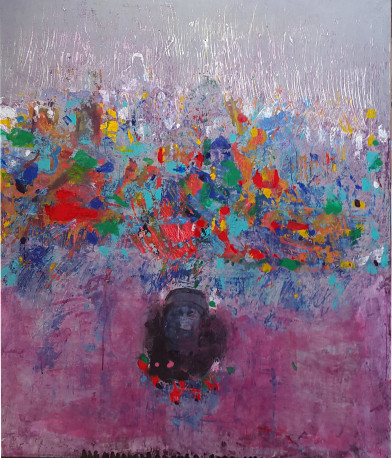

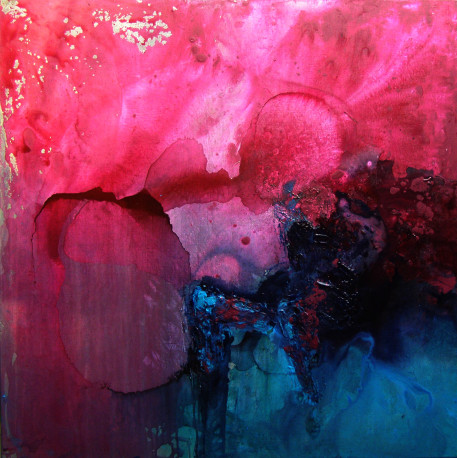
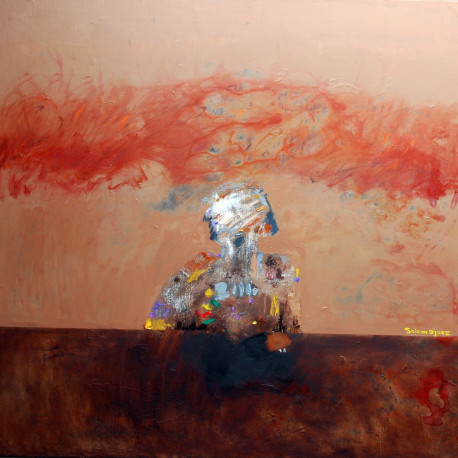
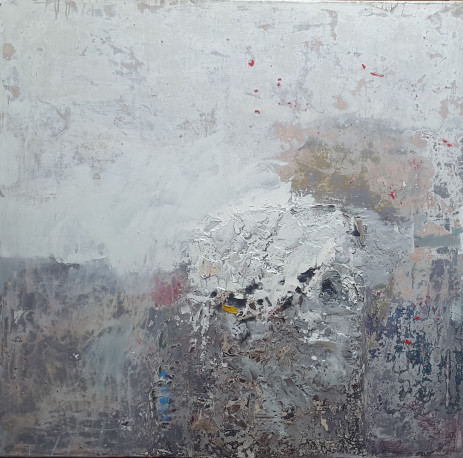
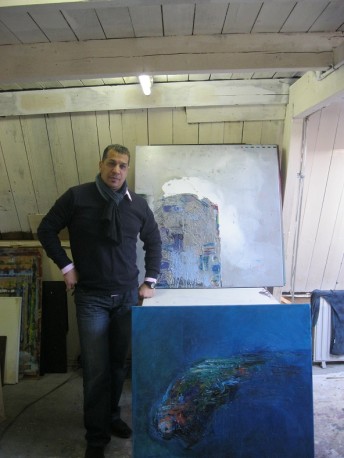














The opinions expressed by individual commentators and contributors do not necessarily constitute this website's position on the particular topic.